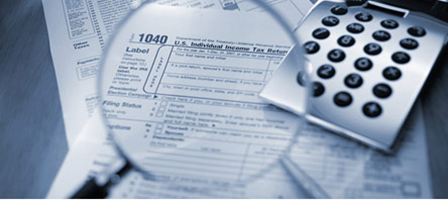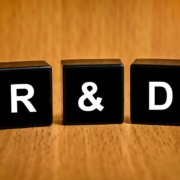EVER WONDER WHAT A TAX DEDUCTION MIGHT SAVE YOU?
Article Highlights:
- Non-business deductions
- AMT
- Tax bracket
- Above-the-line deductions
- Business deductions
Taxpayers frequently ask what benefit is derived from a tax deduction. Unfortunately, there is no straightforward answer. The reason the benefit cannot be determined simply is because some deductions are above-the-line, others must be itemized, some must exceed a threshold amount before being deductible, and certain ones are not deductible for alternative minimum tax purposes, while business deductions can offset both income and self-employment tax. In other words, there are many factors to consider, and the tax benefits differ for each individual, depending on his or her particular situation.
For most non-business deductions, the savings are based upon your tax bracket. For example, if you are in the 25% tax bracket, a $1,000 deduction would save you $250 in taxes. However, if taxable income is close to transitioning into the next-lower tax bracket, the benefit will be less. You also need to consider whether the particular deduction is allowed on your state return and what your state tax bracket is to determine the total tax savings.
Some deductions, such as IRA and self-employed retirement plan contributions, alimony, student loan interest, moving expenses, etc., are adjustments to income or what we call above-the-line deductions. These deductions, to the extent permitted by law, provide a dollar deduction for every dollar claimed. Deductions that fall into the itemized category must exceed the standard deduction for your filing status before any benefit is derived. In addition, the medical deductions are reduced by 10% (7.5% if age 65 or over) of your AGI (income), and the miscellaneous deductions are reduced by 2% of your AGI. High-income taxpayers are also subject to a phase-out of overall itemized deductions, and taxpayers subject to the alternative minimum tax will not be able to deduct miscellaneous deductions above the 2%-of-AGI floor, taxes, and home equity interest to the extent that the taxpayer is subject to the AMT.
The most beneficial deductions, business deductions, fall into two categories: employee business expenses, which are treated as miscellaneous itemized deductions subject to the limitations described previously, and self-employed business expenses that offset both income tax and, depending upon the circumstances, self-employment tax. For 2014, the self-employment tax rate is 12.4% of the first $117,000 of income subject to SE tax plus 2.9% for the Medicare tax with no cap. In addition, for high-income taxpayers, an additional 0.9% Medicare tax may apply. For self-employed businesses with less than $117,000 of net income, the SE tax rate is 15.3%. Thus, for small businesses with profits of less than $117,000, the benefit derived from deductions generally will include the taxpayer’s tax bracket plus 15.3%. For example, for a taxpayer in the 25% tax bracket, the benefit could be as much as 40.3% (25% + 15.3%) of the deduction. If the deduction were $2,000, the tax savings could be as much as $806 and more when the taxpayer’s state income tax bracket is included.
If you are planning an expenditure and expect the tax deduction to help cover the cost, please give us a call in advance to ensure that the tax benefit is what you anticipate.








Leave a Reply
Want to join the discussion?Feel free to contribute!